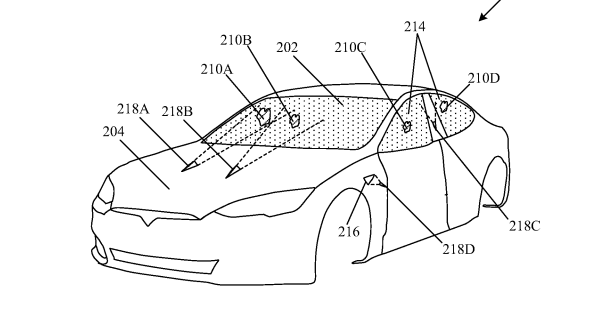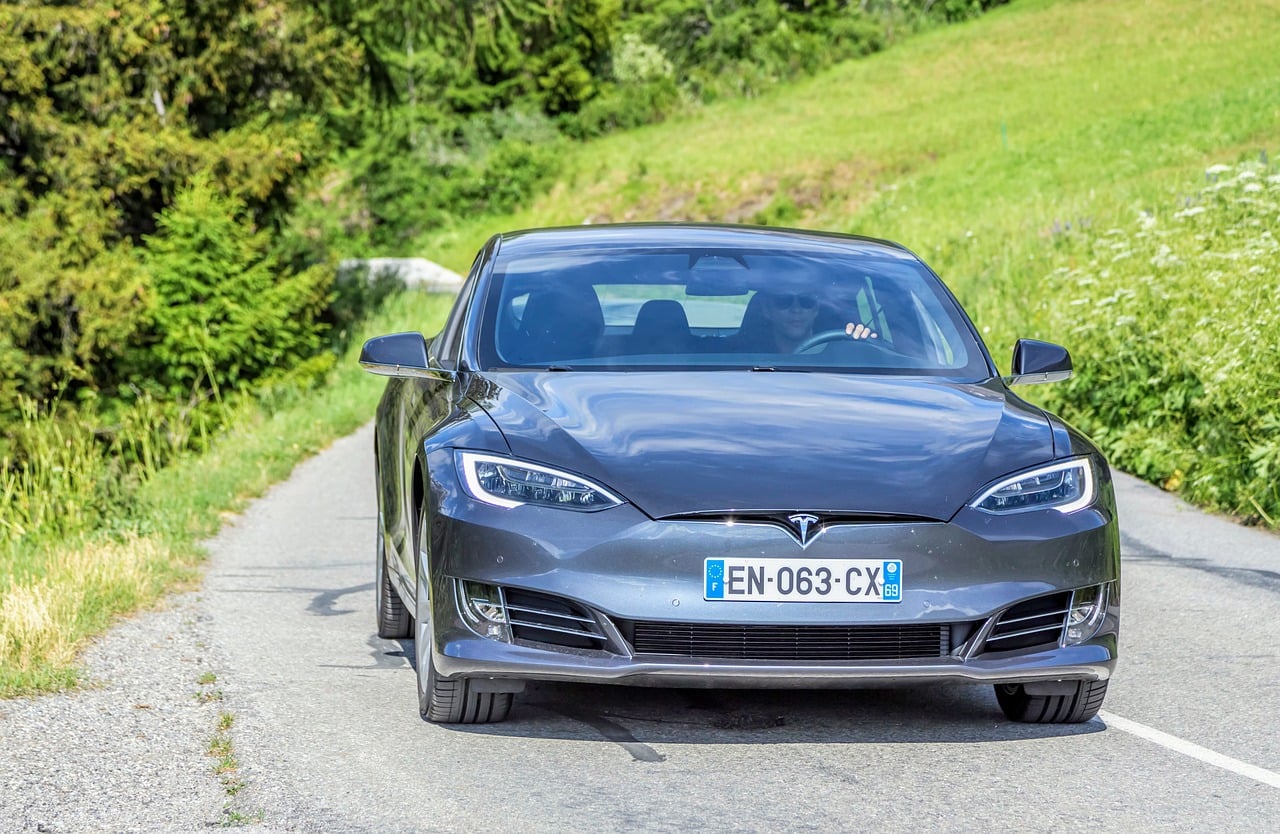Tesla and its enigmatic CEO Elon Musk are known for coming up with innovative solutions, and a recent Tesla patent proves it again. This patent suggests that the EV maker is working on putting lasers on cars. If you are thinking about what the lasers will do on the car, then you may be surprised to learn that the company plans to use them to clean debris off the surface of the car.
Here’s what the Tesla patent says
Tesla filed the patent earlier this year, but it just became public a couple of weeks ago. The patent is titled “Pulsed Laser Cleaning of Debris Accumulated on Glass Articles in Vehicles and Photovoltaic Assemblies,” and it was filed by Tesla’s Staff Scientific and Industrial Imaging Specialist, Phiroze Dalal.
According to the Tesla patent, the system would first use cameras to detect any debris on the car and then use the lasers to clean the dirt. The lasers on the car would clear the car surface of the following materials: “snow, water droplets, paint, bird-droppings, bug-splats, plant-sap, oil spills, grimes, dirt, and mud.”
The patent explains how this laser technology would clean the car’s windshields, sensors, and photovoltaic panels from dirt, water and debris. In addition to the windshield, the lasers would be used to remove any debris on the car’s Autopilot cameras. They also would clean debris off solar panels on the roof.

“A cleaning system for a vehicle includes a beam optics assembly that emits a laser beam to irradiate a region on a glass article of the vehicle, debris detection circuitry that detects debris accumulated over the region, and control circuitry,” the patent says.
Many would argue that windshield wipers are sufficient to do the job. However, the patent notes that the process of scrubbing and keeping the glass dry leads to “unproductive time.” There is also a chance that chemicals in the wiper fluid will damage a camera or other sensors. The patent further says that using lasers on cars to burn off debris is a faster and safer way to keep everything in order.
Lasers on cars: is it feasible?
Tesla’s idea of using lasers to clean things is not a new one. In fact, Carnegie Mellon developed a robot that uses lasers to remove paint from fighter jets. This helps save the Air Force from using chemical paint removers. Researchers have also toyed with the idea of using lasers to restore paintings and clean stained glass.
To be able to use a laser to clean debris, the single most crucial thing is to calibrate the power of the laser. Striking the right balance would ensure that the laser remains harmless and does the job it is intended to do. However, ensuring this would require a lot of hard work and money as well, something Tesla is capable of.
According to experts, such a technology is possible, but it is still very expensive. And it is a fact that car makers don’t like anything that increases their costs or makes the vehicle less efficient.
This idea of putting lasers on a car sounds interesting, but it is just a patent for now. Automakers regularly file patents, but not all are transformed into a finished product. It will be worth watching if Tesla actually converts it into a real feature as it could prove very useful as driver-assistance systems become more popular.
Driver-assistance systems may not work properly in adverse weather conditions such as snow or mud. Thus, cleaning the sensors becomes crucial for proper functioning.
Is it a marketing gimmick?
On the other hand, many see this Tesla patent as a marketing stunt from the company to remain in the limelight. Tesla does not spend much on marketing, unlike traditional car companies. Barron’s notes that General Motors and Ford spend over $8 billion a year combined on advertising and promotion. This number is about 2.7% of their combined sales, or about 30% of their earnings before interest, taxes, depreciation, and amortization (EBITDA).
On the other hand, Tesla spent about $70 million on marketing last year, or about 0.3% of sales. Whatever the new Tesla patent is — a marketing gimmick or a real innovation — we will never know unless the company adds it to its cars.
Even if the company doesn’t add such a feature, there are enough boosters for Tesla’s stock. One such booster is Tesla’s new Cybertruck. Morgan Stanley believes the company will sell about 100,000 trucks by 2024 at an average selling price of $50,000.
Further, the analysts believe Tesla’s business will improve in China, thanks to generous state subsidies, according to Reuters. Morgan Stanley has an Equal-weight rating on the stock with a 12-month price target of $250.





